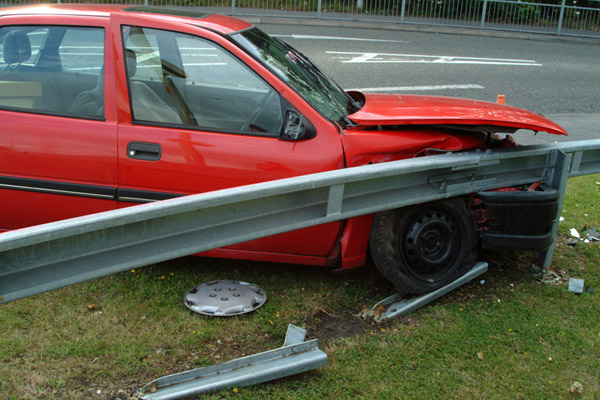Drowsy driving could be the number one cause of car and truck accidents today. According to CBS News, a recent study done by the AAA Foundation for Traffic Safety, found that 96% of drivers say drowsy driving is unacceptable, however, one-third of those drivers admit to driving while drowsy in the past month. Drivers have continuously been warned about the consequences of driving while intoxicated and driving while distracted, but now, the public needs to add to the warnings about driving while drowsy.
Trucking companies across the nation have updated driving regulations with the intention to prevent drowsy driving, but whether you are driving a semi-truck across the state or a minivan to school, all drivers need to be aware of the dangers of driving drowsy. Know the warning signs to watch for when you’re behind the wheel. (read the full article)
Warning signs for drowsy driving
Trucking and car accidents are far too common on the roads today. According to the Texas Department of Transportation, in 2010 based on reportable crashes, one person was killed every 2 hours and 54 minutes, one person was injured every 2 minutes and 26 seconds, and one reportable crashed occurred every 81 seconds. These statistics are devastating. Don’t let drowsiness, intoxication or any kind of distraction be the cause of an accident. (read full statistics)
—–
If you or a loved one have ever been in a truck or car accident don’t hesitate to contact a lawyer to discuss your legal options. At Borchardt Law Firm we have seen and dealt with all types of personal injury cases and feel the work we do will protect future generations of Texans. Feel free to give us a call.
Toll Free: 866.832.9300
Phone: 817.332.9300
Fax: 817.332.9301
firm@attorneysmb.com
Burnett Building
801 Cherry St #1005
Fort Worth, Texas 76102
Sources:
http://dfw.cbslocal.com/2011/11/11/one-third-of-drivers-admit-to-driving-while-asleep/
http://ftp.dot.state.tx.us/pub/txdot-info/trf/crash_statistics/2010/01_2010.pdf
—–
EXCERPT:
—–
KEYWORDS:
—–
 Fort Worth Injury Lawyer Blog
Fort Worth Injury Lawyer Blog


